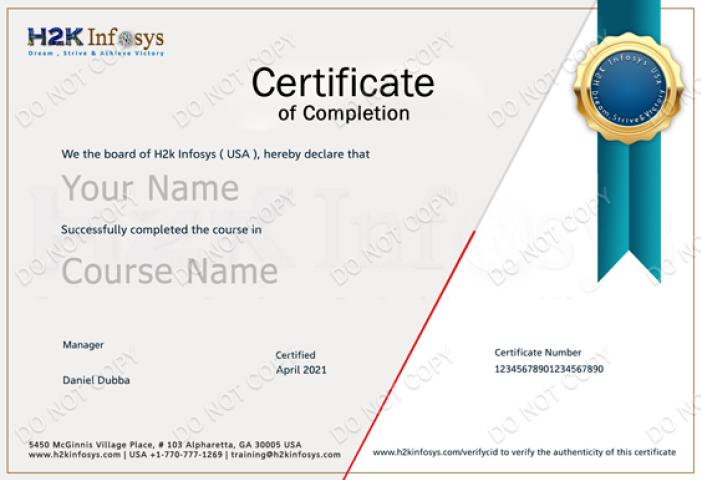Shopify dropshipping has become an increasingly popular business model, enabling entrepreneurs to sell products without maintaining inventory. A critical aspect of running a successful Shopify store is mastering the order fulfillment process. This comprehensive guide provides everything you need to know to fulfill orders on Shopify efficiently and effectively.
1. Why Order Fulfillment Is Critical in Shopify Dropshipping
Efficient order fulfillment is essential for the following reasons:
Customer Satisfaction: Quick and accurate fulfillment ensures happy customers, leading to positive reviews and repeat business.
Brand Reputation: Reliable fulfillment builds trust and enhances your store’s credibility.
Policy Compliance: Timely fulfillment helps avoid disputes, refunds, or penalties, ensuring smooth operations.
Understanding the importance of order fulfillment motivates you to streamline processes and meet customer expectations.
2. Step-by-Step Guide to Fulfilling Orders on Shopify
Follow these steps to fulfill orders effectively:
Step 1: Receive and Review the Order
Order Notification: Shopify sends notifications for new orders. You can also check your dashboard regularly.
Verify Details: Ensure the shipping address, product, and quantity are accurate.
Payment Confirmation: Confirm the payment status is marked as “Paid” before proceeding.
Step 2: Sourcing Products from Suppliers
Choose a Supplier: Access your supplier’s platform, such as AliExpress, Spocket, or CJ Dropshipping.
Automate the Process: Use apps like Oberlo or DSers to sync products from suppliers to your Shopify store.
Confirm Availability: Double-check the supplier’s inventory for the ordered product.
Step 3: Place the Order with the Supplier
Input Customer Information: Provide the customer’s details on the supplier’s checkout page.
Select Shipping Options: Opt for the most reliable and cost-effective method.
Direct Shipping: Ensure suppliers ship directly to customers to maintain efficiency.
Step 4: Update Order Status in Shopify
Mark as Fulfilled: Update the order status to “Fulfilled” in your Shopify admin dashboard.
Add Tracking Information: Include the tracking number provided by the supplier.
Notify Customers: Shopify automatically sends a shipping confirmation email with tracking details.
Step 5: Manage Customer Communication
Proactive Updates: Keep customers informed about order status and potential delays.
Handle Inquiries Promptly: Respond quickly to customer questions to build trust and reduce complaints.
3. Tools to Simplify Order Fulfillment
Utilize these tools to streamline Shopify dropshipping fulfillment:
Automation Tools: Apps like Oberlo, DSers, or AutoDS manage product imports, order placements, and inventory tracking.
Order Tracking Software: Tools like AfterShip provide real-time tracking updates to customers.
Customer Support Platforms: Use tools like Shopify Inbox or Zendesk for efficient communication.
4. Best Practices for Shopify Order Fulfillment
Adopt these practices to enhance efficiency and customer satisfaction:
Choose Dependable Suppliers: Partner with suppliers known for fast shipping, accurate inventory, and quality service.
Set Clear Expectations: Clearly communicate shipping timelines in product listings.
Monitor Stock Levels: Regularly check supplier inventory to avoid overselling.
Establish a Return Policy: Simplify the return process to handle issues smoothly.
Prioritize Communication: Keep customers updated throughout the fulfillment process.
5. Overcoming Common Fulfillment Challenges
Here’s how to address common obstacles in Shopify dropshipping:
Delayed Shipping: Use suppliers with warehouses closer to your target market and diversify suppliers to minimize risks.
Stock Shortages: Maintain relationships with multiple suppliers for backup options.
Customer Complaints: Address concerns promptly by offering refunds, replacements, or solutions.
Mishandled Orders: Double-check all details before placing orders with suppliers.
6. Frequently Asked Questions (FAQs)
How can I automate Shopify dropshipping fulfillment? Use apps like DSers or Oberlo to sync your store with suppliers, automating product imports and order placements.
Can I work with multiple suppliers on Shopify? Yes, integrating multiple suppliers ensures product availability and reduces risks.
What happens if a supplier runs out of stock? Communicate with customers proactively and offer alternatives such as a similar product or a refund.
7. Conclusion
Mastering Shopify dropshipping fulfillment is vital for ensuring customer satisfaction and business success. By following the outlined steps, leveraging automation tools, and adopting best practices, you can optimize the fulfillment process and provide a seamless shopping experience. Begin refining your approach today to build a reliable and thriving Shopify dropshipping business.













